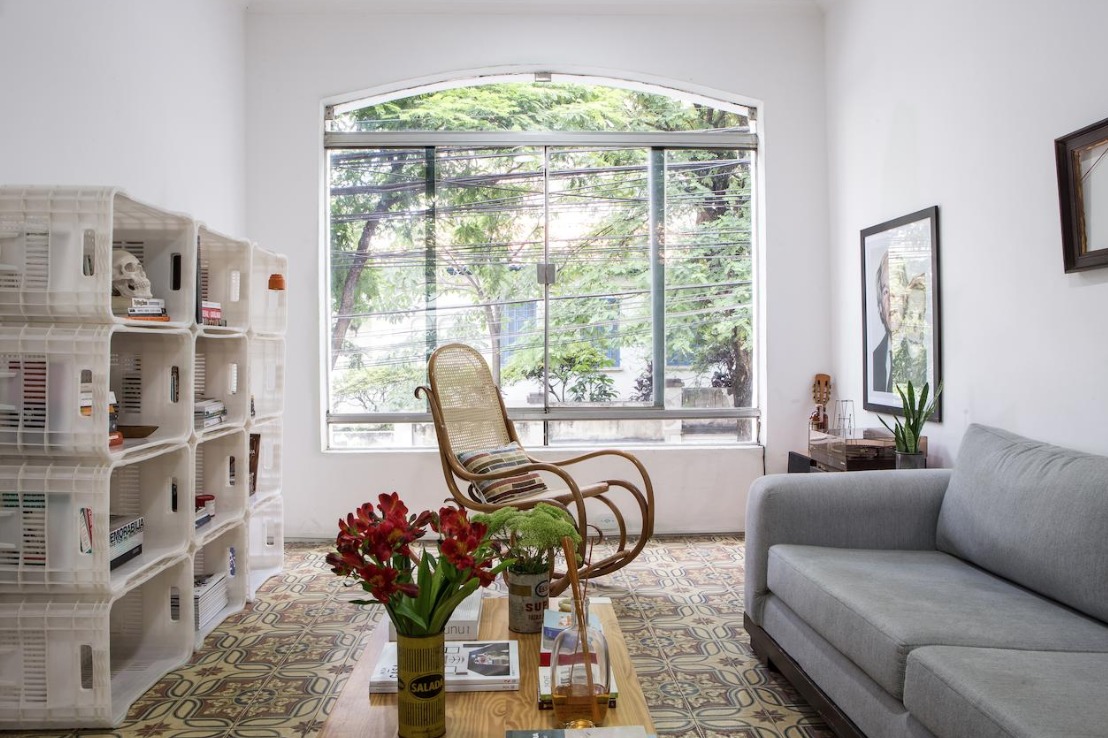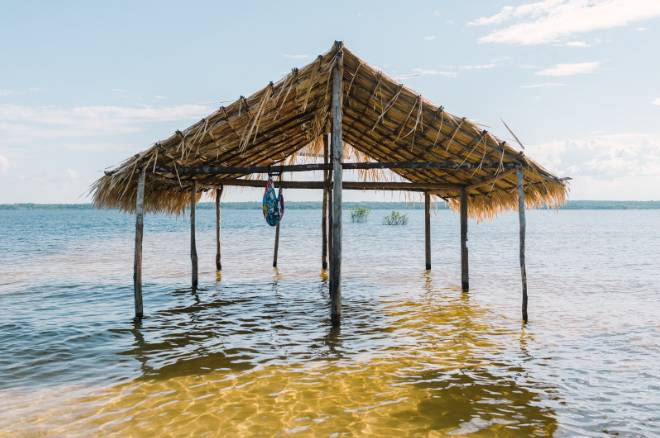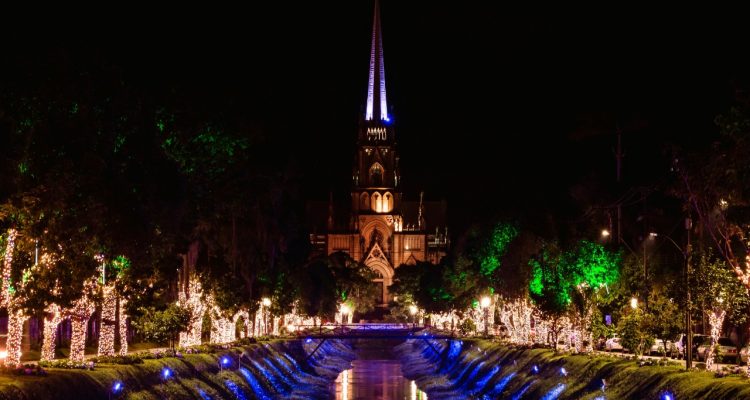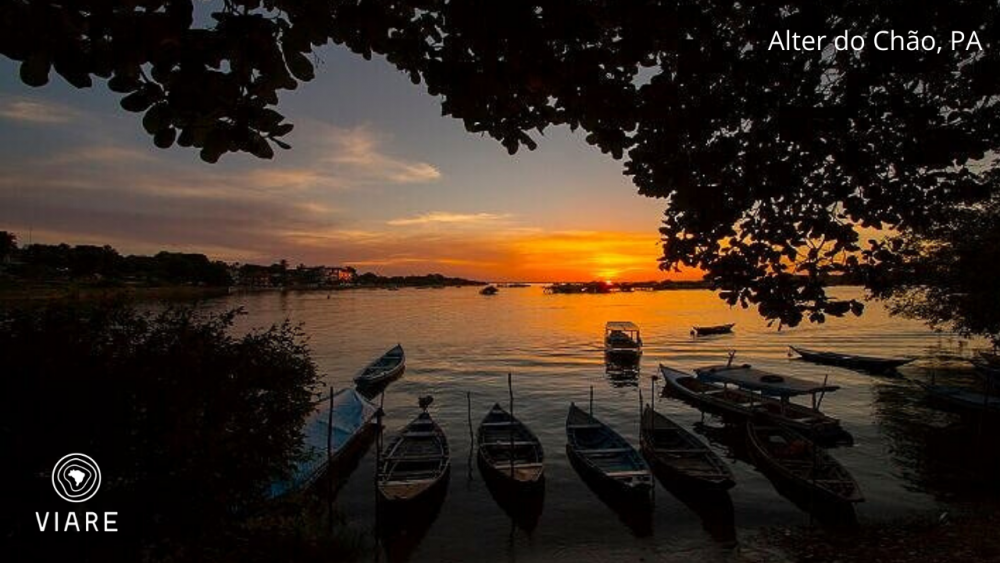We all know Brazil is the land of Carnaval! The festival that takes place in February or March (depending on the Catholic Lenten Calendar) is the most anticipated date of the year by many Brazilians and those who travel to Brazil seeking the colors, sounds and excitement of the samba schools, frevo, street parties, historic cities, trio elétrico, axé and so much more!
If you’re planning a trip to Brazil during Carnival, we have some great suggestions, which are not to watch the Carnival parade in Rio de Janeiro. Learn a bit about the history and curiosities of some of the most famous Carnival destinations amongst Brazilians: Bahia, Diamantina and Olinda!
Bahia
Carnival in Bahia, more specifically the famous Carnival of Salvador, originated in the early 20th century, when street parties originally took off in Brazil. But it wasn’t until the 1950’s that it started taking the shape it is in today, with trio elétricos (a kind of truck or float equipped with a high power sound system and a stage for musical performances on top) and a lot of axé music. The first trio elétrico project was a Ford 1929 that was decorated and remodeled for a band, which dragged several people through the streets of the city. Today, giant trucks with super complex structures drag thousands of people through the city, while axé artists perform their songs.
Speaking of axé, the main musical rhythm in the Bahian carnival that originated there, is a mixture of ijexá, samba-reggae, frevo, reggae, merengue, forró, samba duro, candomblé rhythms and pop rock. In the 90’s axé entered the mainstream pop music scene with artists like Daniela Mercury, Margareth Menezes, Luiz Caldas and Ivete Sangalo.
Iconic for this party is also the famous “abadá”, the classic and customizable t-shirt used as entry tickets by the people enjoying the closed off parties, which was invented in 1993. Despite being on the streets, these parties are closed off by ropes, and quite expensive and exclusive.
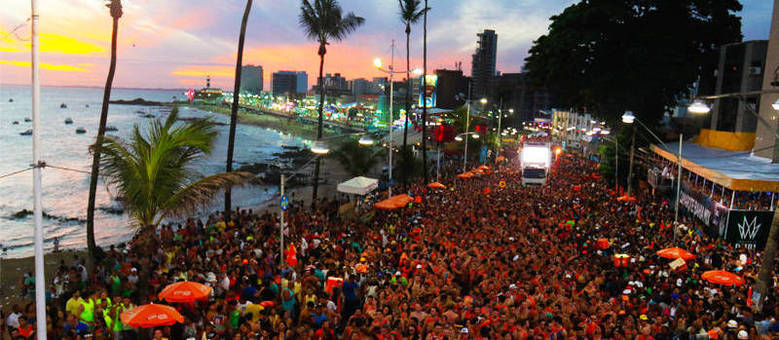
Diamantina
Far from axé and the trios elétricos, you have the classic Carnival of Diamantina, with its bloquinhos (street parties), hills, samba and a lot of Marchinhas de Carnaval. During the day, the parties are organized by university students in town, and different presentations spread throughout the city. At Rua da Quitanda, samba bands play live music, and you can watch the marchinhas from the the balconies of the colonial homes in the village.
But what are these marchinhas we speak of? The style was influenced by Portuguese music, and it is the typical music of the Brazilian Carnival. They are songs of short and repetitive lyrics that approach diverse subjects, which can sometimes get political or speak of day-to-day occurrences. The first one was “O Abre Alas”, created by Chiquinha Gonzaga.
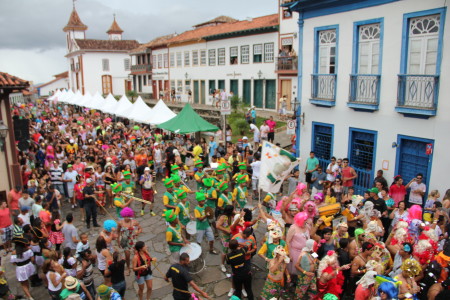
Olinda
Olinda is a historic town located 7km from the capital of Pernambuco, Recife. This UNESCO World Heritage site is known for its beautiful colonial architecture and history, but also because it welcomes more than 1 million people each year looking for a lot of frevo, folia and giant dolls! But, what is frevo? And why giant dolls?
Frevo started in Recife as a street dance, performed by former slaves, and and its name is related to the verb “ferver” (to boil), because it is a very frenetic dance with very fast movements. The most used musical instruments are the trombone, trumpet, saxophone and tuba. One of the most appealing features is the use of colorful umbrellas as an accessory, an object that plays an important role in dance. During Carnival, you’ll find lots of frevo parties along the hills of the city, followed by thousands of lively revelers!
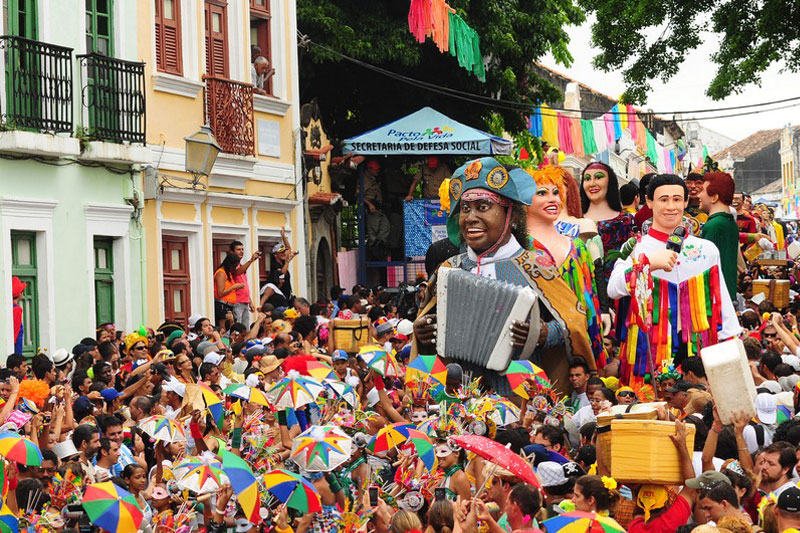
As for the giant doll, it’s another story. They emerged in the hinterlands of Pernambuco, in Belém do São Francisco, and has European influences. Approximately 4 meters tall, the dolls are produced by artists who work hard to create a true copy of a character. Be it politicians, artists, singers, and even folk characters. On Tuesday, the day the dolls parade takes place, you’ll see everyone on the streets! It’s a very fun and unique experience!
Are you planning to visit Brazil and do not know when to come? If you like the idea of dancing in the streets, and want to know how Brazilian people are known for being so lively, and to also experience the cultural manifestations of this holiday, then Carnival is for you!

